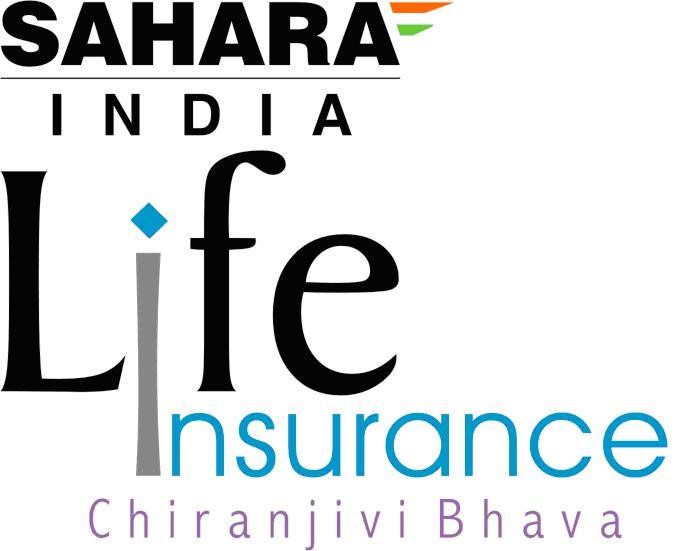Section 194DA: TDS Rates, Procedure, Exemption & Deductions

The Indian Income Tax Act of 1961 contains numerous Tax Deducted at Source (TDS) provisions for collecting tax at the source level. Section 194DA TDS addresses payments received under life insurance policies. It was brought in to bring transparency and tax compliance to the insurance sector.
Below is the detailed explanation of Section 194DA, i.e., applicability, rate of TDS, procedure, exemptions, and deductions.
Table of Contents
Introduction to Section 194DA
Section 194DA requires TDS to be deducted on disbursements in respect of a life insurance policy, e.g., the amount assured and the bonus thereon, if the disbursement is taxable under the Income Tax Act. This section pertains to the limit of payments by an insurer to a resident policyholder.
This section was introduced by the Finance Act of 2014 and came into effect on October 1, 2014. Its prime purpose is to provide for a tax deduction when made at the time of payment if the proceeds of the life insurance policy are chargeable to tax in the hands of the policyholder.
TDS Rates Under Section 194DA
|
Situation |
TDS Rate |
Notes |
|
With PAN (on income component only) |
2% |
Effective from 1st October 2024 |
|
With PAN (before 1st October 2024) |
5% |
On income component |
|
Without PAN |
20% |
On the entire amount (higher rate applicable) |
Note: The TDS is applicable only on the income component, i.e., maturity amount minus the total premiums paid.
Example:
If the maturity amount is Rs. 5,00,000 and the total premiums paid are Rs. 3,00,000, the income portion is Rs. 2,00,000.
With PAN after 1st Oct 2024: TDS = 2% of Rs. 2,00,000 = Rs. 4,000
Without PAN: TDS = 20% of Rs. 5,00,000 = Rs. 1,00,000
Procedure for TDS Deduction
Here are the steps involved in this method:
- Identification of Taxable Payments: The insurer must identify whether the life insurance policy payment is taxable or exempt under Section 10(10D).
- Verification of PAN: The insurer must verify the policyholder's PAN. In case the PAN is not furnished, TDS will be deducted at the higher rate of 20%.
- Deduction of TDS: If payment is taxable and exceeds the threshold limit of Rs. 1,00,000 in a financial year, the insurer must deduct TDS at the prescribed rate.
- Issuance of TDS Certificate: The insurer should issue the policyholder a TDS certificate (Form 16A) indicating the amount of TDS deducted.
- Deposit of TDS: The insurer must pay the TDS amount to the government within the specified time limit.
- Filing of TDS Returns: The insurer must file TDS returns (Form 26Q) quarterly, reporting details of TDS deducted under Section 194DA.
Exemptions Under Section 10(10D)
Payment under life insurance policies is exempt from TDS under Section 194DA in the following cases:
When the payment is exempted under Section 10(10D) of the Income Tax Act, no TDS is required.
Payment under life insurance policies is exempt under Section 10(10D) if:
- The policy is issued after April 1, 2003, and the premium received is not above 10% of the amount assured (in the case of policies issued after April 1, 2012, the rate is 15% for a person with a disability or serious ailment).
- The policy is issued before April 1, 2003, and the premium received is not above 20% of the amount assured.
Deduction and Compliance
Though Section 194DA makes provision for TDS on premiums of life insurance policies, policyholders are also entitled to deductions under other sections of the Income Tax Act, namely:
- Section 80C: Premium under life insurance policies is deductible under Section 80C up to a maximum of Rs. 1,50,000 per year.
- Section 10(10D): As explained above, maturity value or death benefit under life insurance policies is exempt under Section 10(10D). But it is subject to the conditions mentioned above being fulfilled.
Example 1: TDS Deduction with PAN (After Oct 1, 2024 – 2% Rate)
Mr. Sharma has a life insurance policy with a sum assured of Rs. 10,00,000.
- He receives Rs. 12,00,000 at maturity (including bonus).
- Total premiums paid: Rs. 3,00,000
- Income portion: Rs. 9,00,000
- PAN is provided.
TDS = 2% of Rs.9,00,000 = Rs. 18,000
Amount received = Rs. 11,82,000
Example 2: TDS Deduction without PAN (20% Rate)
Ms. Patel receives Rs. 6,50,000 from her policy maturity.
- Premiums paid: Rs. 3,00,000
- Income portion: Rs. 3,50,000
PAN not provided.
TDS = 20% of Rs. 6,50,000 = Rs. 1,30,000
Amount received = Rs. 5,20,000
Section 194DA is a significant section in ensuring tax compliance in the insurance industry. With the imposition of TDS on the tax payments collected on life insurance policies, the government can easily monitor and collect tax revenues. Policyholders must be aware of the provisions of Section 194DA, such as the TDS rate, exceptions, and procedures, to ensure consistency and to facilitate easy processing of their life insurance claims. Insurers, on their part, must adhere to the deduction and payment procedures of TDS to prevent interest and penalty charges under the Income Tax Act.





























